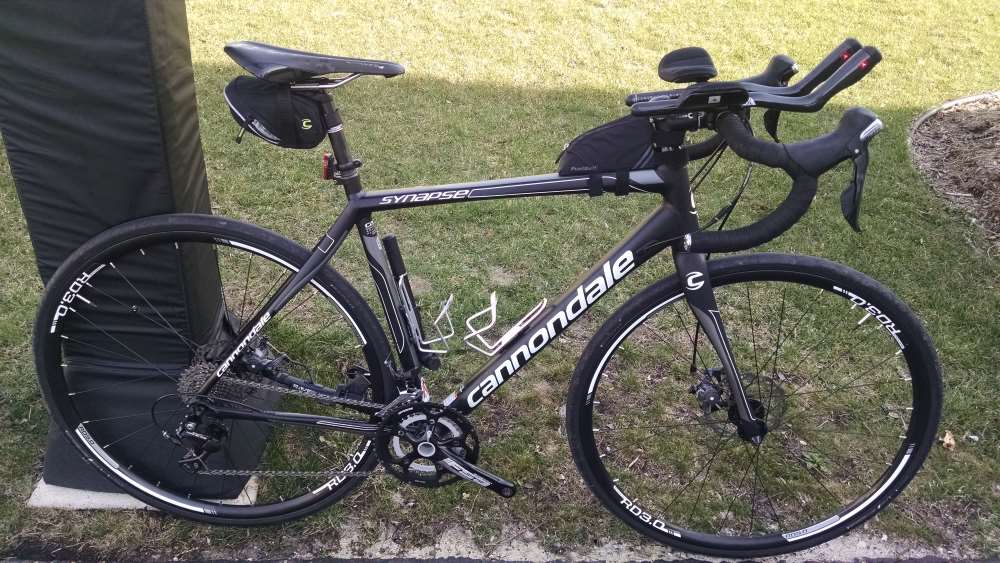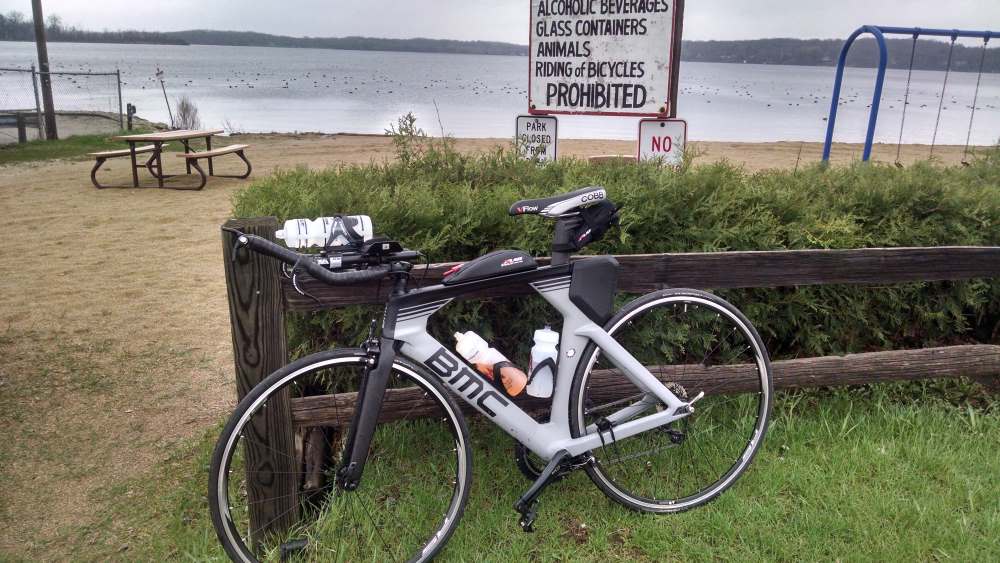Triathlon Bike vs Road Bike
As soon as I finished the process of buying my first triathlon bike and taking it for a spin, I could not wait to put this page together. I had literally spent many hours on the internet looking for a good, fair analysis and really never found anything that gave quite the depth of information I was looking for, hence my analysis below.
This may be one of the most hotly debated topics for up and coming triathletes. Those who decided to get a little more serious about the sport but questioning whether it is worth it to make the leap to a dedicated triathlon bike. I recently agonized over this decision for the better part of year and finally decided that the only way I would know what life is like on the other side would be to hand over my credit card and buy one. I documented my thoughts below hoping that it might make the decision a little easier for you and/or help you make a better decision
Nobody NEEDS a triathlon bike
Let’s get this one out of the way first. Triathletes have been successful at all race distances on various road and even mountain bikes. So, no, you don’t NEED a triathlon bike.
Why Consider A Triathlon Bike In The First Place
OK, so, even though we don't NEED triathlon bikes, they look awesome and most long distance and upper level triathletes are using them, so, there has to be some advantage, right? Below are the advantages that I see, but, I don't list "free speed". I'll address that in the next section.
- Fresher legs on run
- More comfort over longer distances
- More aerodynamic body position
- Shifters on ends of aero bars allow you to stay aero longer
- A triathlon bike will probably handle better while aero than a road bike with aero bars
Why Not To Consider A Triathlon Bike
Below are some good reasons why you might want to steer away from a triathlon bike, but, I want to discuss the topic of speed a little more in depth as that seems to be what everyone is after. I have only ridden about 100 miles so far, and, for me, my times are pretty much the same as on my road bike and possibly a little slower. I think there is an adjustment period, and as time goes on, I will get faster, but, right now I am working pretty hard to get there. It's also A LOT of work to maintain aero position while negotiating traffic fueling and hydrating.
- You want "free speed" (you may go faster but you will work for it)
- If you are not yet comfortable going 30+ mph or cornering on your road bike, you might not be ready for a triathlon bike.
- You like taking leisurely bike rides
- You occasionally go on group rides and will only have one bike
Why I Decided To Buy A Triathlon Bike

If I loved my road bike, I probably would not have purchased a tri bike. I liked my road bike, but, it always seemed to be lacking a little in fit and comfort, and, yes, I paid up for two professional bike fits with two highly regarded fitters. I just don't think my aluminum Cannondale Synapse and I were ultimately meant for each other. I don't think anyone should own just a tri bike, so, I have a Cannondale CAADX cross bike that I just love and am very comfortable on, so, I could rely on that for road biking, so, I could safely replace my Synapse with a tri bike. Third, I really wanted to own a carbon fiber bike so that I could determine if carbon fiber was all it was cracked up to be. Lastly, I have two 70.3 races on my schedule this year and hoping to race a full Ironman some time, so, was looking for a more comfortable option than my road bike.
Choosing The Right Triathlon Bike
The contenders: Cervelo P2 vs. Cannondale Slice 105 vs. BMC TM02 105 (Timemachine)
So, after months of research and knowing that I wanted my favorite, not so local, bike shop, to fit me, I narrowed my selection to three brands. Cannondale, BMC and Cervelo. I knew my first priority was comfort and since Cervelo ranked as the harshest (but maybe fastest) option, they were out leaving me with BMC and Cannondale. I also did not have unlimited funds, so, I would target my favorite groupset, Shimano 105, so, now I had two bikes to choose from, the Slice 105 and the BMC Timemachine 105. I made an appointment with my fitter with the expectation that I would be purchasing whichever one felt best, unless they were both dreadful. (Not likely)
Over the course of 3 hours we tested and tweaked both of them and spent some saddle time on the stationary trainer and on the road (the road test proved to be the most important part of the process).
First both bikes are fantastic values and you really can’t go wrong with either, however, there is about an $800 difference between the two, so, you would expect that there has to be a significant difference between the two. If you compare the two on paper, you really can’t justify spending the extra money which is why spending time with a good fitter, sitting on them and riding them is so important. On the stationary trainer I did not notice much difference, however, once I hit the road it was abundantly clear why the BMC commands a higher price tag. They both felt very fast and smooth, but, the Slice felt quite twitchy on the road. Perhaps this would go away with time, but, I knew that I would be racing downhill at 50+ mph in just two months, so, that was a bit unsettling. Then I jumped on the BMC and the difference was night and day. I’m not sure I was even consciously steering the BMC, it was more as if the bike just went wherever I willed it to go. It was almost an instantaneous decision that I had to go with the BMC. I will be logging many hours on the shoulders of highways and the last thing I want is a wandering bike when I am being passed by an 18 wheeler (who probably is barely giving my 3 feet of room). Also, and this might just be my body type, the Cannondale felt good, but, the BMC felt so much more natural and I was comfortable right off the bat. I do think the Cannondale delivered a softer ride however.
Why I Love My Triathlon Bike (so far)

I can sum it up in two words, Comfort and Handling. Although the aero position is still fairly hard for me to hold for a long ride, the comfort that I have gained from the smooth ride, less stress on my lower back and very good handling, more than make up for it, and, as I spend more time in aero it will just get easier.